Curtiss JN-4 Model
Production Time 9 to 10 weeks
Shipment is by FedEx, UPS or DHL International Express Courier with a normal door-to-door delivery time worldwide of within 2-3 business days after dispatch. Due to the current volatility of world fuel prices, the amount mentioned here is our best estimate for DHL and UPS and may be subject to change at the time of shipping.

Product statistics
Length: 10.7 Inches (27.2 Centimeters)Wingspan: 17.1 Inches (43.4 Centimeters)
Height: 3.9 Inches (9.9 Centimeters)
Scale: 1:41
$249.50
Manufacturer: Curtiss
Production Time 9 to 10 weeks
-
United States dollar ($)
-
Pound sterling (£)
-
Euro (€)
-
Australian dollar ($)
-
Canadian dollar ($)
-
Singapore dollar ($)
-
Swiss franc (CHF)
-
Japanese yen (¥)
-
Danish krone (kr.)
-
Hong Kong dollar ($)
-
Norwegian krone (kr)
-
Swedish krona (kr)
General Product Description
Our ReplicaHangar Curtiss JN-4 Model exhibits unique, unrivaled quality and detailed design to come as close as possible to the accuracy of the actual plane. It comes as standard with a robust, durable base or stand which is available in a variety of different finishes designed to match your own personal requirements including solid wood, wood with polished metal supports or adjustable wood wall mount and will be ready within about 9-10 weeks from placement of order.
The Curtiss JN-4 Model is made of the finest kiln dried renewable mahogany wood (commonly known as Lauan or Meranti) which has undergone many stages of carving and meticulous and careful sanding giving the beautiful, finished museum quality masterpiece. Many collectors and model connoisseurs demonstrate their preference for genuine handmade and hand painted mahogany wood models rather than plastic or die cast (diecast) alternatives due to the overall look and totally different feel of the item - we trust you will find the same. We can however, if required produce the same model in Solid Cast Resin so just click and contact us for further information. Our craftsmen and gifted artisans ensure that our finely handcrafted model airplanes match the precise blueprint details of the original aircraft. The paint scheme, markings and parts are closely matched, reflecting the original aircraft. This stylish top-quality desktop replica model will surely enthrall anyone who receives this as a gift and for sure one of the most appropriate and desirably collectable gifts for any early aviation enthusiast and avid vintage aircraft collector whilst also displaying a perfect resemblance to the actual real aircraft.
If you require, we can also make the Curtiss JN-4 Model in any other airline, private livery or colour scheme you require and if necessary, in a different size or scale. Just click here to contact us with a description or photographs of what you require, and we will let you have a quotation for the necessary customization by return email. We can also make bespoke scale replicas of any other private / civil commercial airliner or airliners, helicopter, glider, gliders with engines, military jet, warplane jets, propeller warplanes, biplane, triplane, tail fin, spacecraft, rocket or NASA model you require in any airline, military or civilian livery or colors. We also produce model airships, blimp, dirigible, blimps, boat and ship collectibles. Wall plaque or seal for military, government or private customers. Again, by clicking here to contact us just let us know exactly what you need.
The +JN series+. of aircraft were built by the Curtiss company of Hammondsport, New York, later the Curtiss Aeroplane and Motor Company. Curtiss combined the best features of the model J and model N trainers, built for the Army and Navy, and began producting the +JN+. or +Jenny+. series of aircraft in 1915. Cutiss only built a limited number of the +JN-1+. and +JN-2+. biplanes.
The JN-2, somewhat deficient in performance, had had equal wing spans with ailerons controlled by a shoulder yoke located in the rear cockpit. The improved +JN-3+. design incorporated unequal wing spans with ailerons only on the upper wings, which were controlled by a wheel. In addition, a foot bar was added to control the rudder.
1st Aero Squadron on the Mexican US border, 1916 The 1st Aero Squadron (Signal Corps) began receiving JN-2s in 1915. The Squadron was transferred to Fort Sill Oklahoma in 1916 to work with the Artillery School. Later that year some of the aircraft, both JN-2s and JN-3s, were deployed to Mexico for aerial obervation during the Pancho Villa Expedition of 1916-1917.
Curtiss JN-4 in flight over Central Ontario, circa 1918. The Curtiss JN-4 biplane is possibly North Americas most famous World War I airplane. It was widely used during World War I to train beginning pilots, and was known in Canada as the +Canuck+., and in the US as the Jenny. It was a twin-seat (student in front of instructor) +dual control biplane+.. Its Pulley front engine and maneuverability made it ideal for initial pilot training with a 90 hp (67 kW) +Curtiss OX-5+. inline engine giving a top speed of 75 mph (121 km/h) and a service ceiling of 6,500 ft (1980 m).
The British used the JN-4 for their primary World War I trainer; +Canadian Aeroplanes Ltd+. produced them in Canada. Many Royal Flying Corps pilots earned their wings on the JN4, both in Ontario and in Texas.
Most of the 6,813 built were unarmed, although some had machine guns and bomb racks for advanced training. None saw active service. After World War I, hundreds were sold on the civilian market, one to +Charles Lindbergh+. as his first aircraft. The planes slow speed and stability made it ideal for stunt flying and aerobatic displays. Some were still flying into the 1930s.
| Weight | 6 kg |
|---|---|
| Dimensions | 10.7 × 17.1 × 3.9 in |
Be the first to review “Curtiss JN-4 Model” Cancel reply
Related products
Early Aviation
Early Aviation
Early Aviation
Early Aviation
Early Aviation


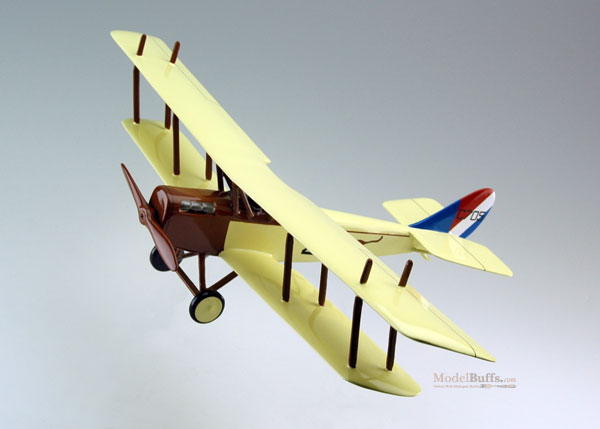
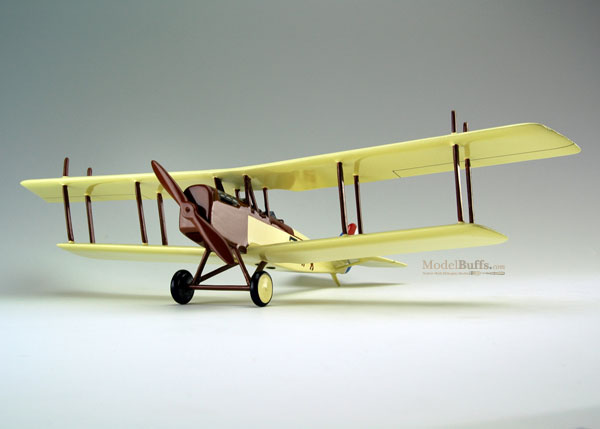

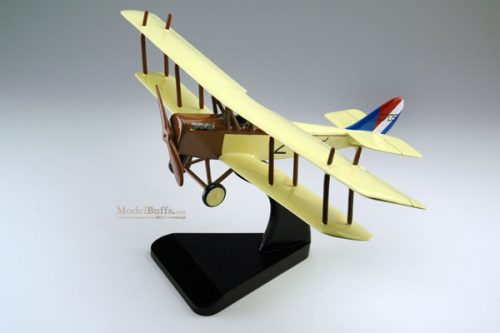
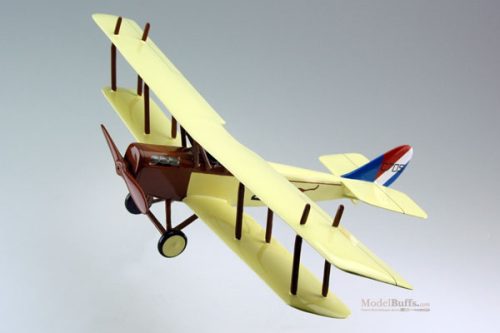


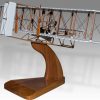
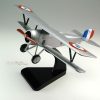

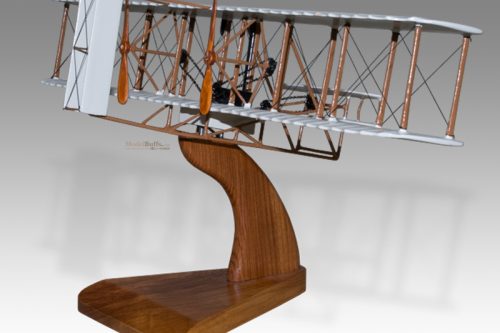
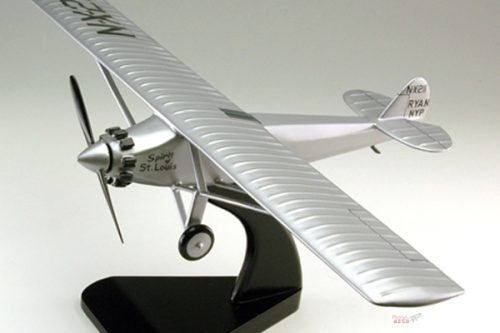
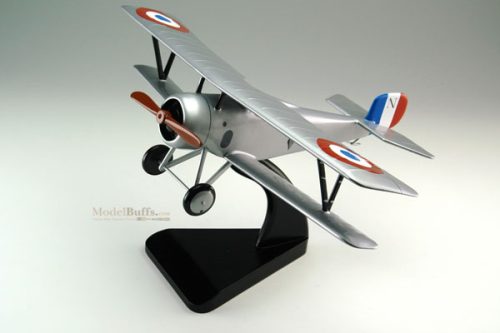

Reviews
There are no reviews yet.